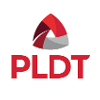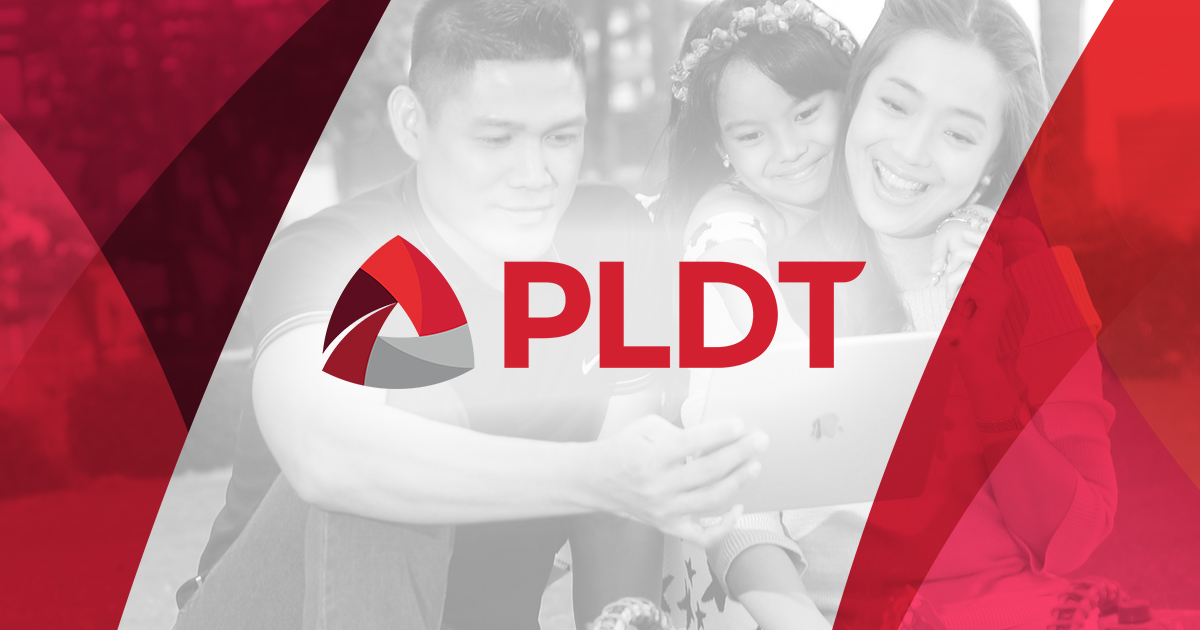
PLDT and its wireless subsidiary, Smart Communications, Inc. (Smart), are looking to further improve customer experience and enhance their ability to provide digital services faster and more efficiently through automation and end-to-end service orchestration in their integrated network.
"As technology develops, an operator would not want to get stuck with being just a voice and a data provider. The need for engaging in the application and digital service space is obvious. Our ambition is to become a full digital service provider," said Joachim Horn, Next-Generation Solutions Advisor at Smart during the recent Global Analyst Forum hosted by Nokia.
With the complexities brought about by legacy systems, it is crucial for both PLDT and Smart to overcome these challenges to deliver significant benefits to their enterprise, home, and individual customers.
"For customers today, asking for a new service can be a journey, and that is because it is complicated. There are many different systems involved in order to activate such a service," he explained. "When you want to move into end-to-end service orchestration, you have to find a way to deal with that complexity."
Horn added that automation was critical for any telco's bid to become more competitive and agile in the 5G era. "One can only deal with the high complexity of 4G and 5G by automating and managing all dependencies at the right point in time," he said. "Automation will make us much faster and more competitive. It is the only way to leverage the full benefits of 5G--but 5G was not the only reason we wanted to do this. First and foremost, we want to serve our customers better."
Horn said that in handling such a complex network transformation project, it was important to identify specific use cases that will benefit customers, such as bandwidth-on-demand—a "simple yet very powerful use case" that the company is currently exploring.
"Self-fulfillment, self-service, self-provisioning and self-assurance--this is where end-to-end orchestration will come into play. Your customer won't need to call you anymore--he can upgrade his speed, for example, with just a press of a button. Everything else, from billing to network systems, are updated automatically," said Horn.
Automation and end-to-end service orchestration are critical components of PLDT and Smart's broader initiative to upgrade their integrated fixed and wireless networks across the country to deliver world-class customer experience. PLDT and Smart are on track to meeting the 2021 full-year capex guidance of at least ₱88 billion.

